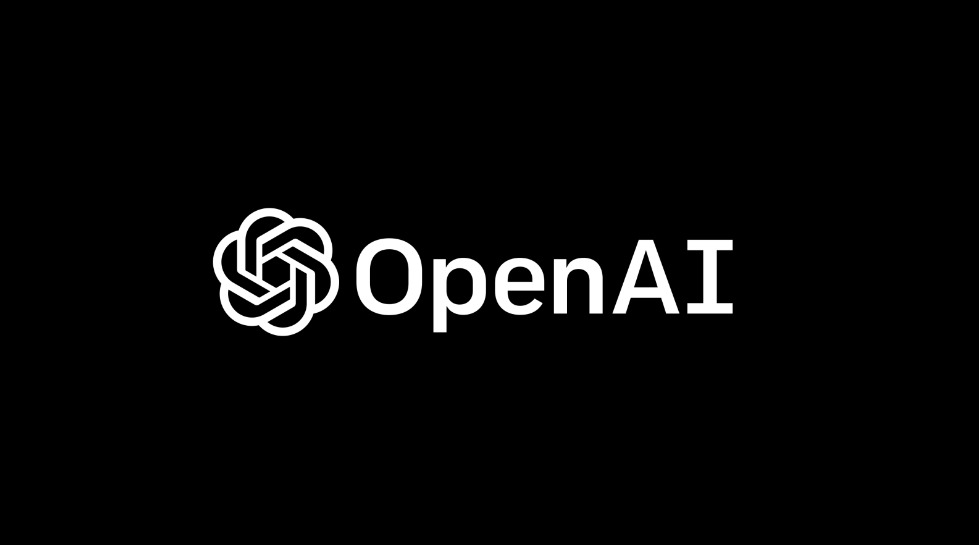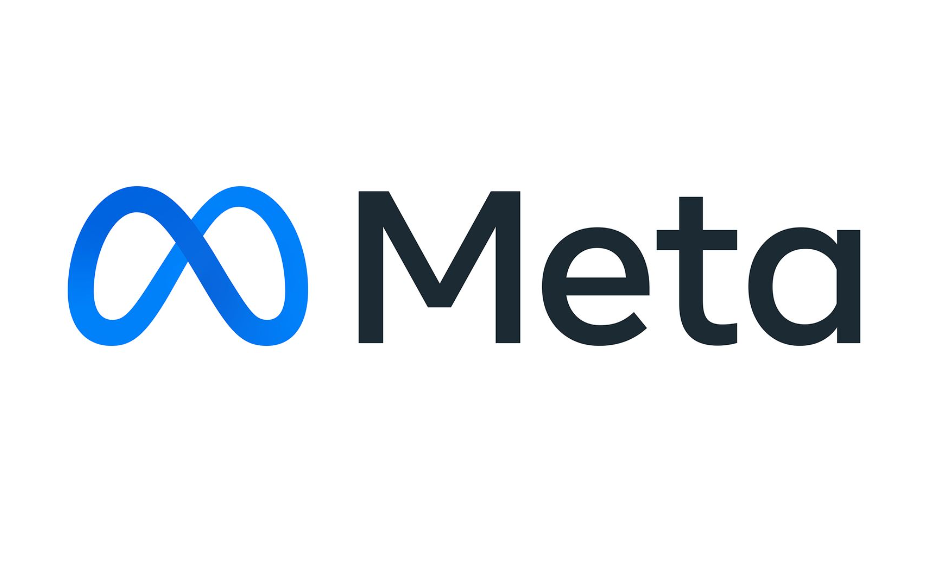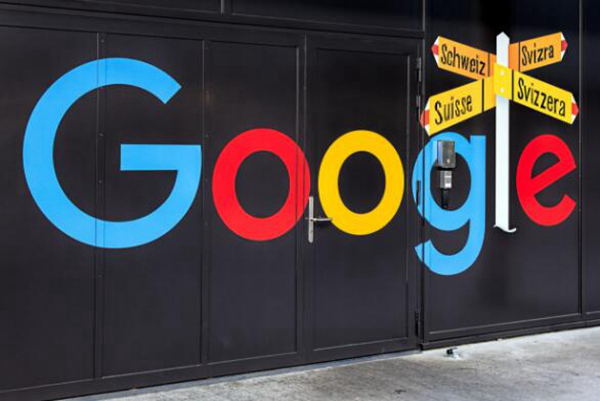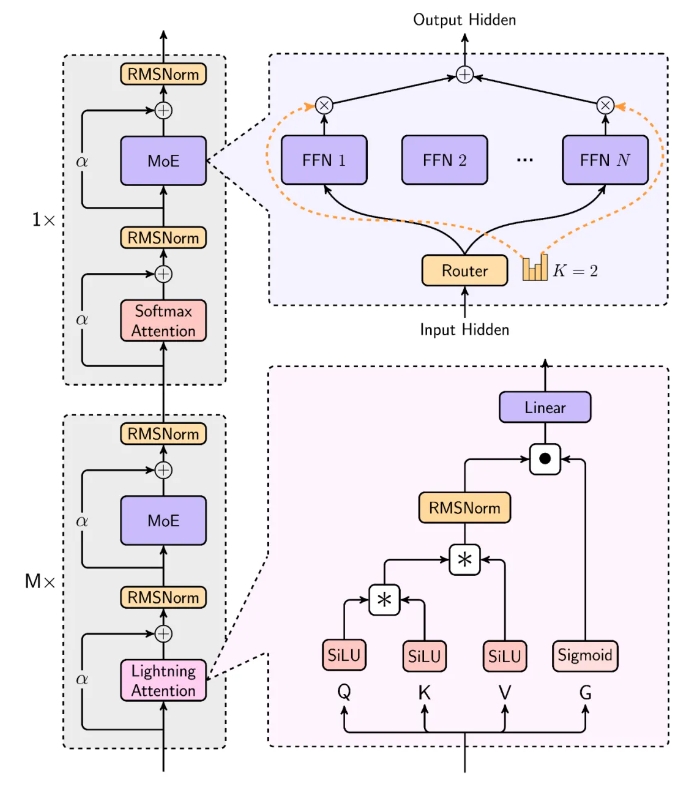With the rapid development of video technology, video has become an important tool for information retrieval and understanding of complex concepts. Video combines visual, temporal, and contextual data to provide multimodal representation beyond static images and text. Today, with the proliferation of video sharing platforms and the proliferation of educational and informational videos, leveraging video as a knowledge source provides unprecedented opportunities to solve queries that require detailed context, spatial understanding, and process demonstration.
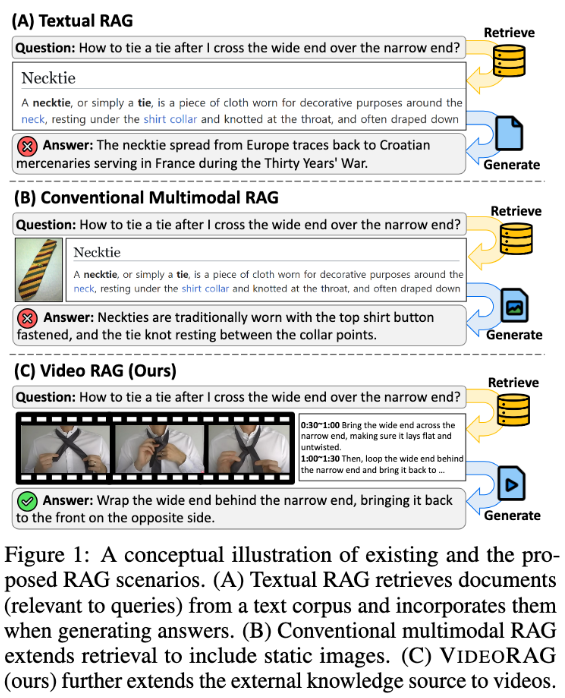
However, existing retrieval-augmented generation (RAG) systems often overlook the full potential of video data. These systems often rely on textual information and occasionally use static images to support query responses, but fail to capture the visual dynamics and multimodal cues contained in video, which are critical for complex tasks. Traditional approaches either pre-define query-related videos without retrieval or convert the videos into text format, thereby losing important visual context and temporal dynamics, limiting the ability to provide accurate and informative answers.
In order to solve these problems, the research team from the Korea Advanced Institute of Science and Technology (KaIST) and DeepAuto.ai proposed a novel framework-VideoRAG. The framework is capable of dynamically retrieving videos relevant to a query and integrating visual and textual information into the generation process. VideoRAG leverages advanced large-scale video language models (LVLMs) to achieve seamless integration of multi-modal data, ensuring that retrieved videos are contextually consistent with user queries and maintaining the temporal richness of video content.
VideoRAG's workflow is divided into two main stages: retrieval and generation. During the retrieval phase, the framework identifies videos similar to its visual and textual features through the query.

In the generation stage, automatic speech recognition technology is used to generate auxiliary text data for videos without subtitles, thereby ensuring that response generation for all videos can effectively contribute information. The relevant retrieved videos are further input into the generation module, which integrates multi-modal data such as video frames, subtitles, and query text, and processes them with the help of LVLMs to generate long, rich, accurate, and contextually appropriate responses.
VideoRAG conducts extensive experiments on datasets such as WikiHowQA and HowTo100M, and the results show that its response quality is significantly better than traditional methods. This new framework not only improves the capabilities of retrieval enhancement generation systems, but also sets new standards for future multi-modal retrieval systems.
Paper: https://arxiv.org/abs/2501.05874
AI courses are suitable for people who are interested in artificial intelligence technology, including but not limited to students, engineers, data scientists, developers, and professionals in AI technology.
The course content ranges from basic to advanced. Beginners can choose basic courses and gradually go into more complex algorithms and applications.
Learning AI requires a certain mathematical foundation (such as linear algebra, probability theory, calculus, etc.), as well as programming knowledge (Python is the most commonly used programming language).
You will learn the core concepts and technologies in the fields of natural language processing, computer vision, data analysis, and master the use of AI tools and frameworks for practical development.
You can work as a data scientist, machine learning engineer, AI researcher, or apply AI technology to innovate in all walks of life.

